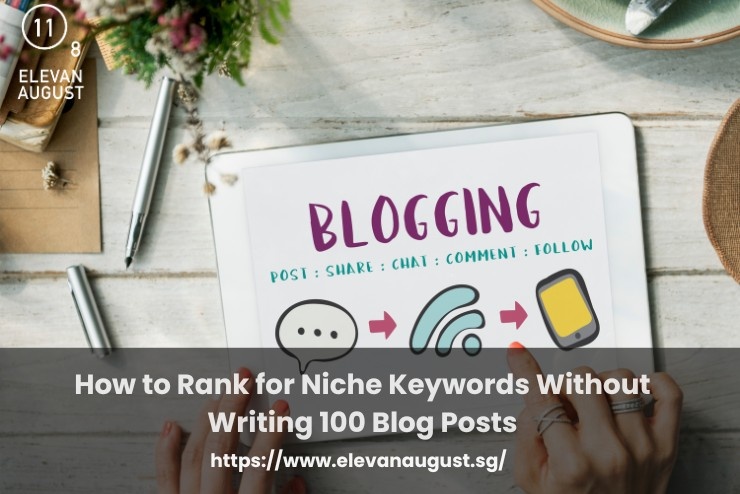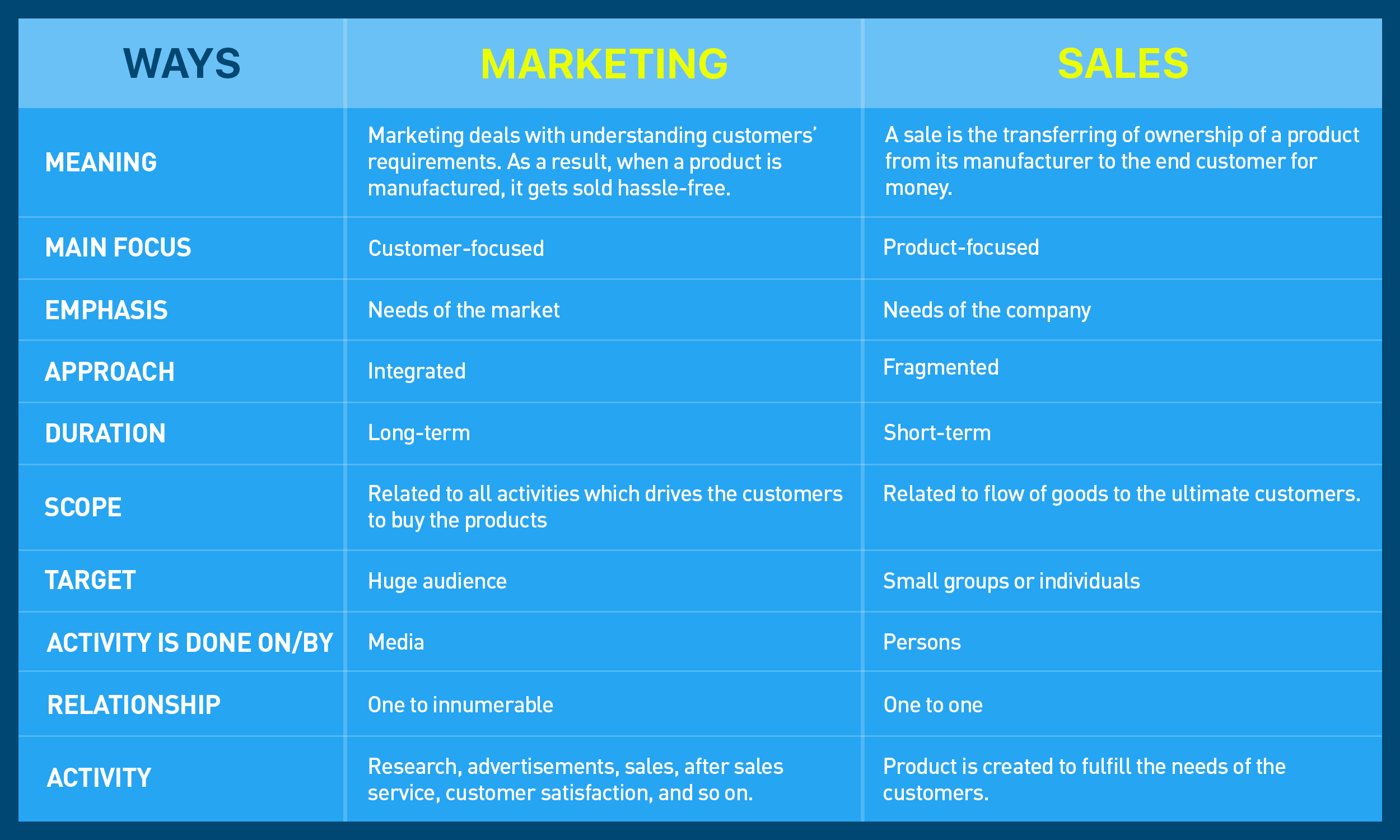You know your business solves something specific. The problem is, you’re showing up for everything else but that.
You try to push niche terms into your content, but nothing sticks. Worse, you feel like you’re competing against content farms with endless publishing power.
Here’s the thing: niche rankings don’t come from more articles. They come from sharper ones that do the work of five.
Let’s walk through how to build that kind of content without wasting hours you don’t have.
One well-layered page can anchor an entire topic
Instead of spreading thin across ten blog posts, go deep on one core topic that actually deserves to rank.
Pick the angle your audience searches for when they’re ready to act (not just research).
If you’re a SaaS vendor for logistics companies, a single piece explaining how fulfillment delays impact customer loyalty can pull in multiple variations of intent.
It helps to think in layers: the core issue, the downstream effects, and what your solution changes.
Add the right kind of local context
You don’t need to geo-stuff your pages with location names. But if your product or service has relevance to how people work or shop in Singapore, that’s worth including.
For example, mentioning how a tool helps F&B businesses handle peak-hour orders or how a loyalty feature fits GrabPay habits gives your content a grounded edge.
Google reads this nuance as a signal that your business fits real-world needs, not just search terms.
Internal context matters as much as keyword placement
Google ranks content in context. That means your high-effort guide gains weight when it’s surrounded by other useful pages that make the topic clearer.
Say you’re a local CRM provider. If your feature page explains email automation, and your blog supports it with customer stories and use cases, they all work together.
Interlinking isn’t just for navigation; it helps search engines figure out what your site knows well.
Product pages can quietly do keyword work
Your product or service pages don’t need to be keyword-stuffed to rank. They just need to be helpful, complete, and aligned with how buyers search.
Let’s say you sell ergonomic office furniture. A well-written product page that explains why mesh chairs work better in humid offices can target “breathable office chairs Singapore” without ever using the phrase awkwardly.
Useful details naturally echo the terms people use.
Reworked content often performs better than new content
You already have underperforming posts sitting on your site. Start there. Take one, reframe the core idea, update the examples, and give it stronger internal links.
A five-year-old post about “team productivity tools” might still get a few visits. But if you focus it around remote teams and restructure it for current questions, it can start ranking for more specific long-tail searches (without needing a full rewrite).
Keywords cluster and your content should too
Search queries often arrive in bunches. Instead of writing one post per keyword, write one good page that handles a full theme.
If you run a gifting business, terms like “custom gifts for clients,” “corporate gift sets,” and “premium hampers for events” often point to the same intent.
One strong page with clear sub-sections can capture them all—as long as it flows naturally and reflects real use.
Less content only works when it answers better
Cutting down your content plan makes sense when each page does more. That means designing them with the full decision journey in mind, covering awareness, comparison, action.
Your niche keyword pages should never leave readers wondering what to do next. Clear structure, proof points, and internal nudges make the difference between someone bouncing and someone converting.
These are the things that help fewer pages rank harder.
Final Thoughts
Small businesses don’t win search by doing more. They win by doing it sharper.
At Elevan August, a leading SEO Agency in Singapore, we build SEO systems that help small businesses grow without burning out their teams.
Our work focuses on shaping clear topic clusters, tightening structure, and turning every page into something that serves a real search purpose. We combine data with judgment, so your strategy never relies only on tools or trends.
Our clients start seeing content as a network, not a checklist. Once that shift happens, visibility becomes easier to maintain and growth feels more predictable.
If you want to simplify your SEO while improving your reach, let’s start that conversation.






